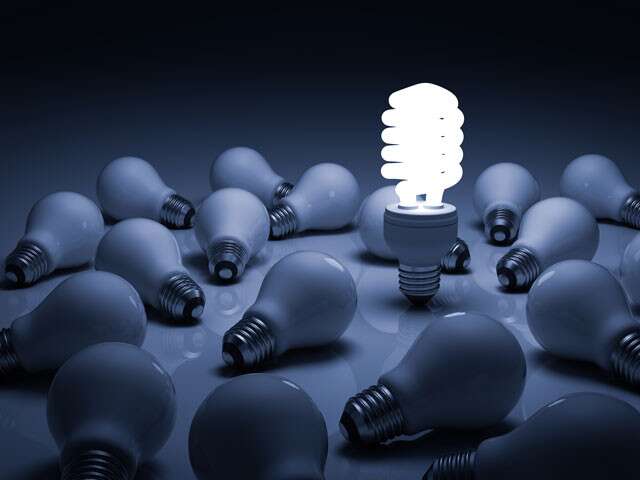Electricity is an essential part of our daily lives. We use it to power our homes, charge our devices, and drive our technological advancements. But have you ever wondered how electricity actually works? The science behind electricity is a fascinating and complex topic that has shaped the modern world as we know it. In this blog post, we will delve into the fundamental principles of electricity, from the discovery of its existence to the intricate workings of electrical circuits.
The Discovery of Electricity
The story of electricity begins with ancient civilizations, who observed the phenomenon of static electricity. The Greeks, around 600 BC, were some of the first to document their observations of amber-attracting lightweight objects after being rubbed with fur. However, it wasn’t until the 17th century that significant progress was made in understanding electricity.
One of the key figures in the early study of electricity was Benjamin Franklin. In the 18th century, Franklin conducted his famous kite experiment, which demonstrated that lightning was a form of electricity. This experiment paved the way for further discoveries in the field.
Understanding Charge and Electrons
To comprehend how electricity works, we need to understand the concept of electric charge. Electric charge is a fundamental property of matter, and there are two types: positive and negative. Like charges repel each other, while opposite charges attract.
The fundamental building blocks of electricity are electrons, which are negatively charged particles found in atoms. When electrons move, an electric current is created. In conductive materials like metals, electrons can move freely, making them excellent conductors of electricity.
Electric Circuits
Electric circuits are the pathways through which electricity flows. A basic circuit consists of three main components: a source of electrical energy (like a battery or generator), conductive materials (wires), and a load (such as a light bulb or an appliance). The flow of electricity in a circuit is often described as the movement of electrons from the negative terminal of the energy source to the positive terminal.
Voltage, Current, and Resistance
Three fundamental concepts govern the behavior of electricity in a circuit: voltage, current, and resistance.
- Voltage (V): Voltage is the electrical potential difference between two points in a circuit. It is measured in volts (V) and determines the force that pushes electrons through a circuit. Think of voltage as the “pressure” that drives the flow of electricity.
- Current (I): Current is the rate of flow of electric charge, measured in amperes (A or amps). It represents the number of electrons passing through a given point in the circuit per unit of time.
- Resistance (R): Resistance is a property of materials that impedes the flow of electrons. It is measured in ohms (Ω). Materials with high resistance, like rubber, restrict the flow of electricity, while conductors like copper have low resistance.
Ohm’s Law
Ohm’s Law, formulated by the German physicist Georg Simon Ohm in the 19th century, describes the relationship between voltage, current, and resistance in an electrical circuit. Mathematically, Ohm’s Law is expressed as:
V = I * R
This equation shows that voltage is directly proportional to current and resistance. By manipulating this relationship, engineers can design circuits to achieve specific electrical behaviors.
Circuit Components
Electrical circuits are composed of various components that manipulate and control the flow of electricity. Some essential components include:
- Resistors: These components are used to introduce controlled amounts of resistance into a circuit, regulating current and voltage.
- Capacitors: Capacitors store and release electrical energy, often used in timing circuits and filtering unwanted signals.
- Inductors: Inductors store energy in a magnetic field and are commonly used in transformers and as filters in electronic devices.
- Diodes: Diodes allow current to flow in one direction only and are vital in converting alternating current (AC) to direct current (DC).
- Transistors: Transistors are semiconductor devices that amplify or switch electronic signals, making them the building blocks of modern electronics.
Electricity Generation
Electricity can be generated in various ways, but the most common methods involve the conversion of energy from one form to electrical energy. Here are some of the primary methods of electricity generation:
- Chemical Reactions: Batteries generate electricity through chemical reactions that release electrons.
- Electromagnetic Induction: Generators use the principle of electromagnetic induction to convert mechanical energy into electrical energy. This process is commonly employed in power plants.
- Solar Cells: Photovoltaic cells, or solar panels, convert sunlight into electricity through the photovoltaic effect.
- Wind Turbines: Wind turbines harness the kinetic energy of the wind to generate electricity.
- Nuclear Power: Nuclear reactors produce heat, which is then converted into electricity using steam turbines.
Conclusion
Electricity is a captivating and indispensable force in our modern world. From its discovery and understanding of electric charge to the principles of voltage, current, and resistance, the science behind electricity is a complex and fascinating field. The applications of electricity are limitless, powering our homes, industries, and technological advancements. Understanding the fundamentals of electricity is not only essential for engineers and scientists but also for anyone who wants to grasp the workings of the world around them. As we continue to innovate and develop new technologies, electricity remains at the forefront of human progress, driving us toward a brighter and more electrifying future. If you are seeking a source of inspiration and guidance about the science behind electricity, start here to learn more.




